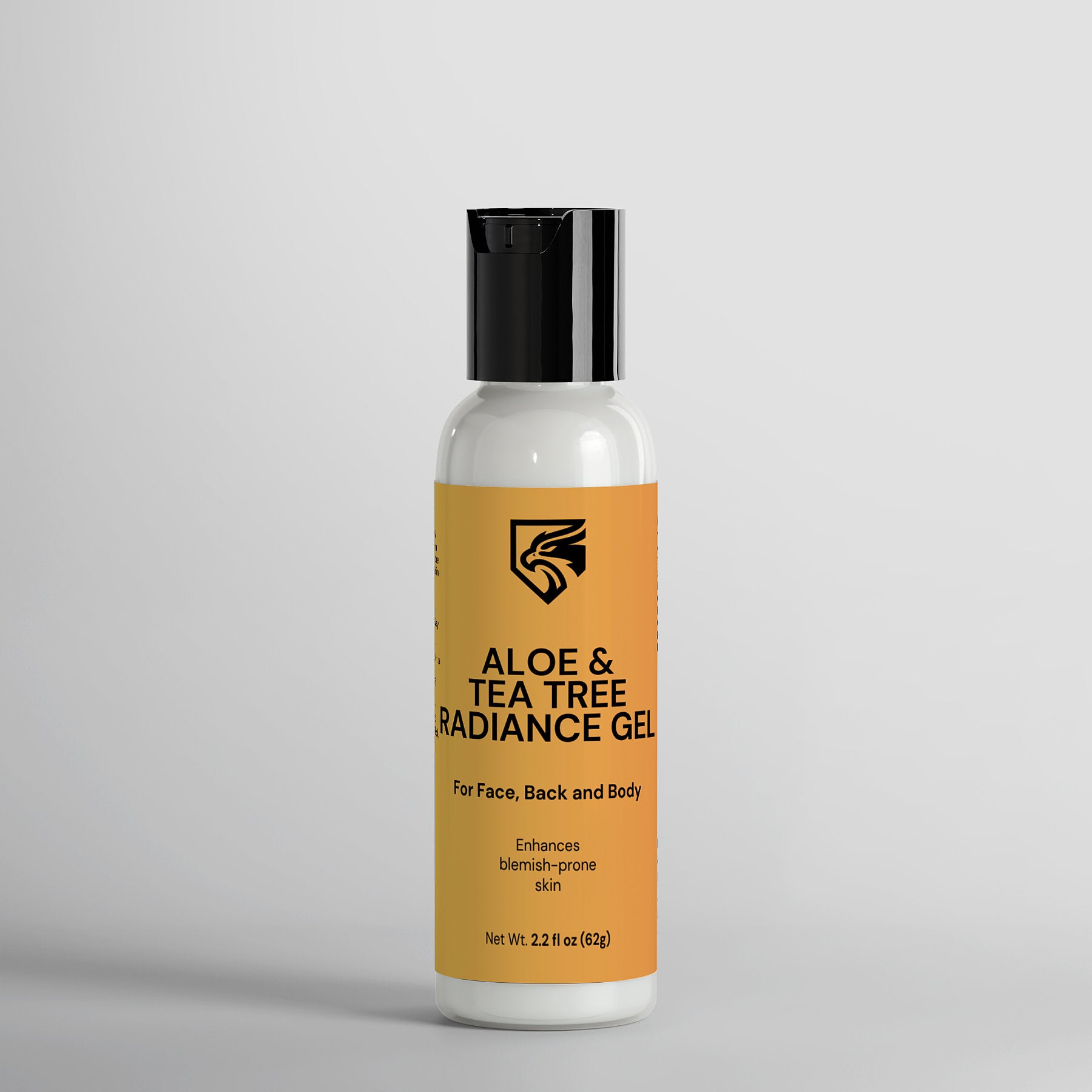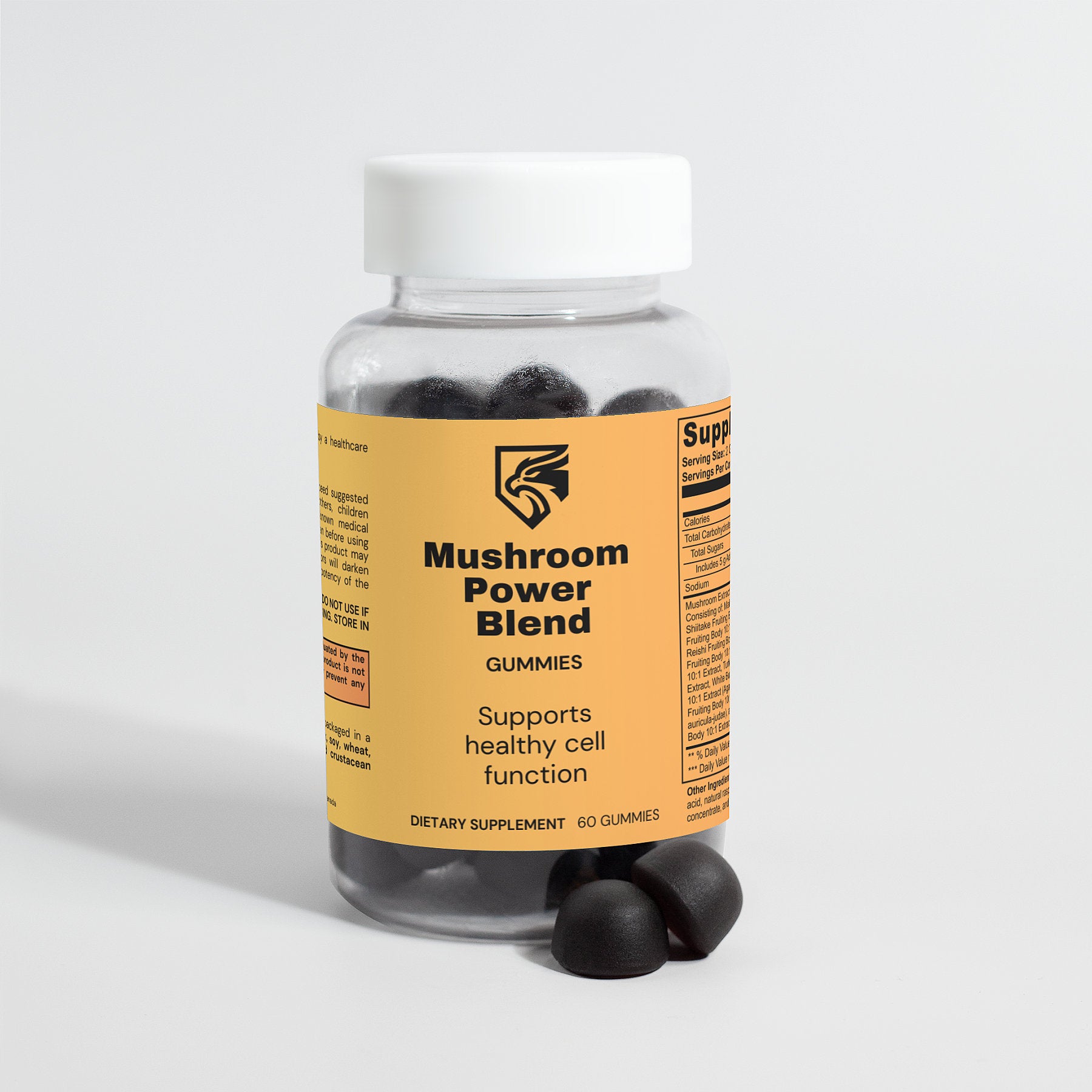I. Introduction
A. Overview of Testosterone's Role in Male Health
Testosterone, often referred to as the "male hormone," plays a crucial role in various aspects of men's health, including muscle mass maintenance, bone density regulation, libido, and overall well-being. Its impact extends beyond physical attributes to influencing mood, cognitive function, and energy levels.
B. Introduction to the Connection Between Sunlight Exposure and Hormone Regulation
Recent research has unveiled a fascinating correlation between sunlight exposure and testosterone levels. While the relationship between the two might not be immediately apparent, exploring the role of sunlight in the synthesis of vitamin D sheds light on this intriguing connection.
II. The Importance of Vitamin D
A. Functions of Vitamin D in the Body, Including Its Role in Hormone Synthesis
Vitamin D, often dubbed the "sunshine vitamin," is unique among vitamins because it can be synthesized by the body when the skin is exposed to sunlight. It is crucial for various bodily functions, including bone health, immune system regulation, and hormone synthesis. Vitamin D acts as a precursor to several hormones, including testosterone, highlighting its significance in maintaining hormonal balance.
B. Sources of Vitamin D, Including Sunlight Exposure and Dietary Sources
While sunlight exposure is the primary source of vitamin D for most individuals, dietary sources such as fatty fish, fortified dairy products, and supplements also contribute to vitamin D intake. However, reliance solely on dietary sources may not suffice, especially in regions with limited sunlight exposure.
III. Sunlight and Testosterone Production
A. Mechanism of Action: How Sunlight Exposure Stimulates Vitamin D Synthesis
When the skin is exposed to sunlight, specifically ultraviolet B (UVB) radiation, a chemical reaction occurs, leading to the production of vitamin D. This synthesized vitamin D then undergoes several metabolic processes in the liver and kidneys to convert into its active form, calcitriol. Calcitriol, in turn, plays a pivotal role in regulating testosterone production.
B. Research Evidence Linking Sunlight Exposure to Testosterone Levels
Numerous studies have demonstrated a positive association between sunlight exposure and testosterone levels in men. Research conducted in both laboratory settings and real-world environments consistently supports the notion that increased sunlight exposure correlates with higher testosterone levels. These findings emphasize the importance of sunlight in optimizing hormonal health.
IV. Factors Affecting Sunlight's Impact
A. Geographic Location and Seasonal Variations in Sunlight Availability
The amount and intensity of sunlight vary depending on geographical location and seasonal changes. Individuals living closer to the equator generally experience higher levels of sunlight throughout the year compared to those residing in higher latitudes. Seasonal variations, such as shorter daylight hours during winter months, can also impact sunlight exposure and consequently affect testosterone levels.
B. Skin Pigmentation and Its Effect on Vitamin D Synthesis
Skin pigmentation influences the efficiency of vitamin D synthesis, with darker skin tones requiring prolonged sunlight exposure to produce adequate vitamin D compared to lighter skin tones. This difference underscores the importance of considering individual variations in skin pigmentation when assessing sunlight exposure recommendations.
V. Sunlight Exposure Guidelines for Testosterone Optimization
A. Recommended Duration and Timing of Sunlight Exposure
While guidelines for optimal sunlight exposure may vary depending on factors such as skin type, geographical location, and time of year, experts generally recommend spending a moderate amount of time outdoors during peak sunlight hours. Typically, exposure of the face, arms, and legs to sunlight for 15 to 30 minutes several times a week is sufficient to maintain adequate vitamin D levels.
B. Balancing Sun Exposure for Optimal Vitamin D Synthesis Without Risking Skin Damage
It is essential to strike a balance between obtaining enough sunlight to support vitamin D synthesis and minimizing the risk of skin damage from excessive sun exposure. Utilizing protective measures such as wearing sunscreen, seeking shade during peak UV hours, and wearing protective clothing can help mitigate the risks associated with prolonged sun exposure.
VI. Other Benefits of Sunlight Exposure
A. Beyond Testosterone: Sunlight's Impact on Mood, Sleep, and Overall Health
In addition to its role in hormone regulation, sunlight exposure offers a myriad of health benefits, including improved mood, enhanced sleep quality, and reduced risk of certain medical conditions such as depression, cardiovascular disease, and certain types of cancer. These holistic benefits underscore the importance of incorporating sunlight exposure into one's lifestyle.
B. Potential Risks and Precautions
While sunlight exposure is beneficial in moderation, excessive or unprotected exposure can lead to adverse effects such as sunburn, premature skin aging, and an increased risk of skin cancer. It is crucial to exercise caution and implement appropriate sun safety practices to mitigate these risks while still reaping the benefits of sunlight exposure.
VII. Conclusion
A. Summary of the Importance of Sunlight Exposure for Testosterone Levels
The link between sunlight exposure and testosterone levels highlights the intricate interplay between environmental factors and hormonal regulation. By understanding the mechanisms through which sunlight influences hormone synthesis, individuals can make informed choices to optimize their hormonal health.
B. Encouragement for Readers to Prioritize Safe Sun Exposure for Hormonal Health
In conclusion, prioritizing safe sun exposure by following recommended guidelines and incorporating protective measures can contribute to maintaining optimal testosterone levels and overall well-being. By harnessing the power of sunlight, individuals can unlock a natural pathway to hormonal balance and vitality.







Leave a comment
All comments are moderated before being published.
This site is protected by hCaptcha and the hCaptcha Privacy Policy and Terms of Service apply.